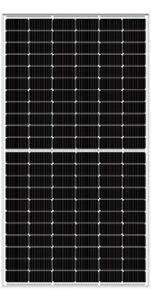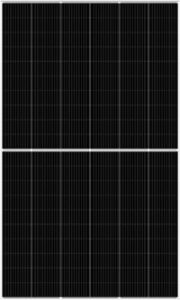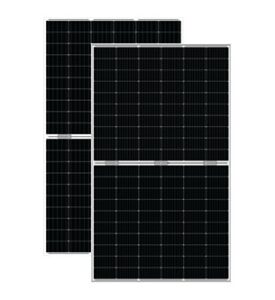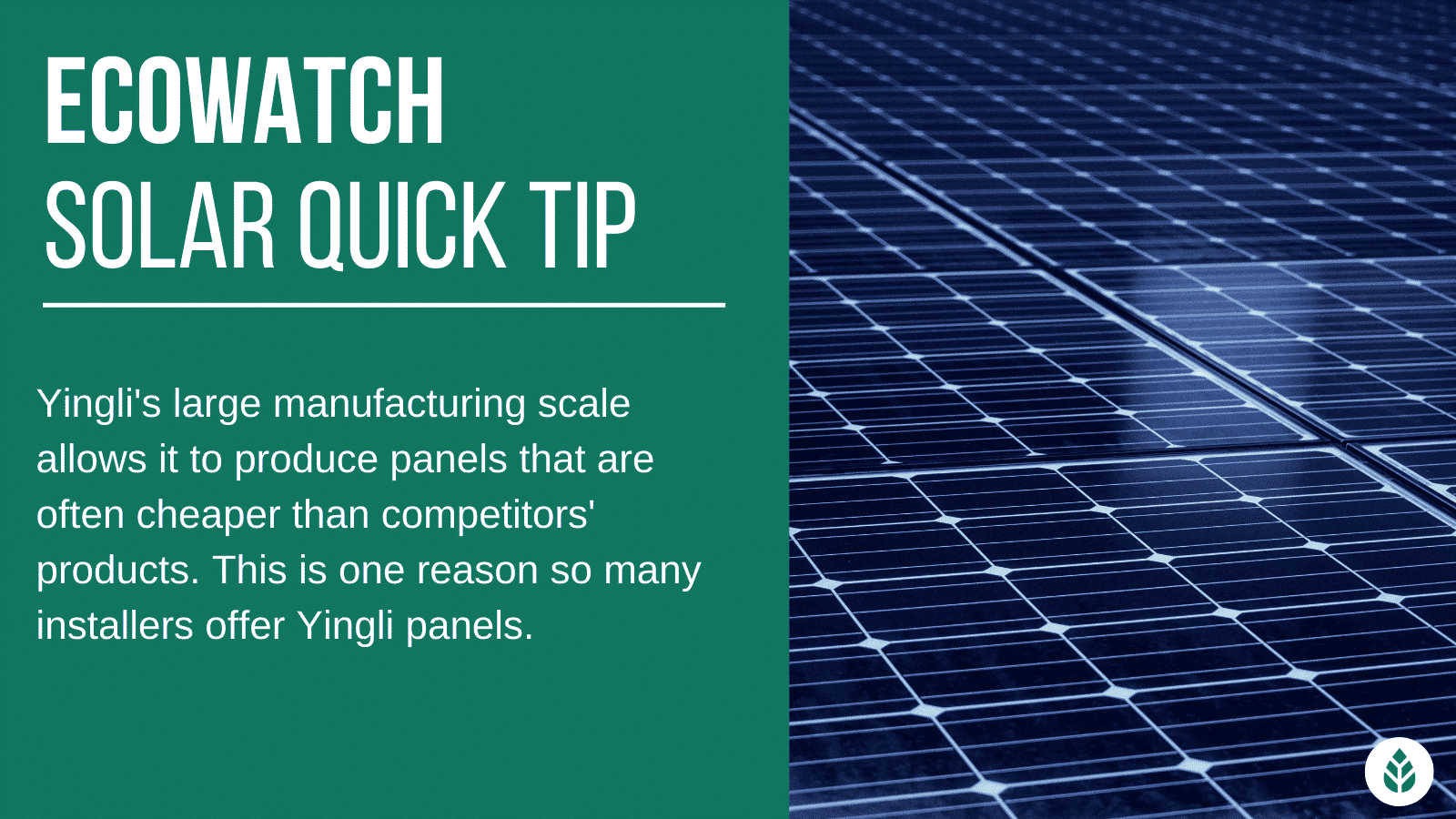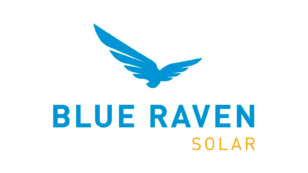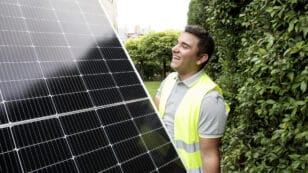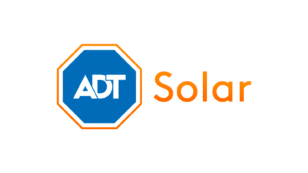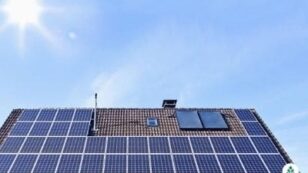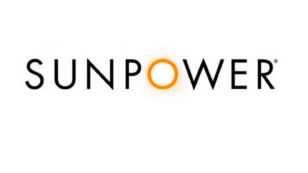
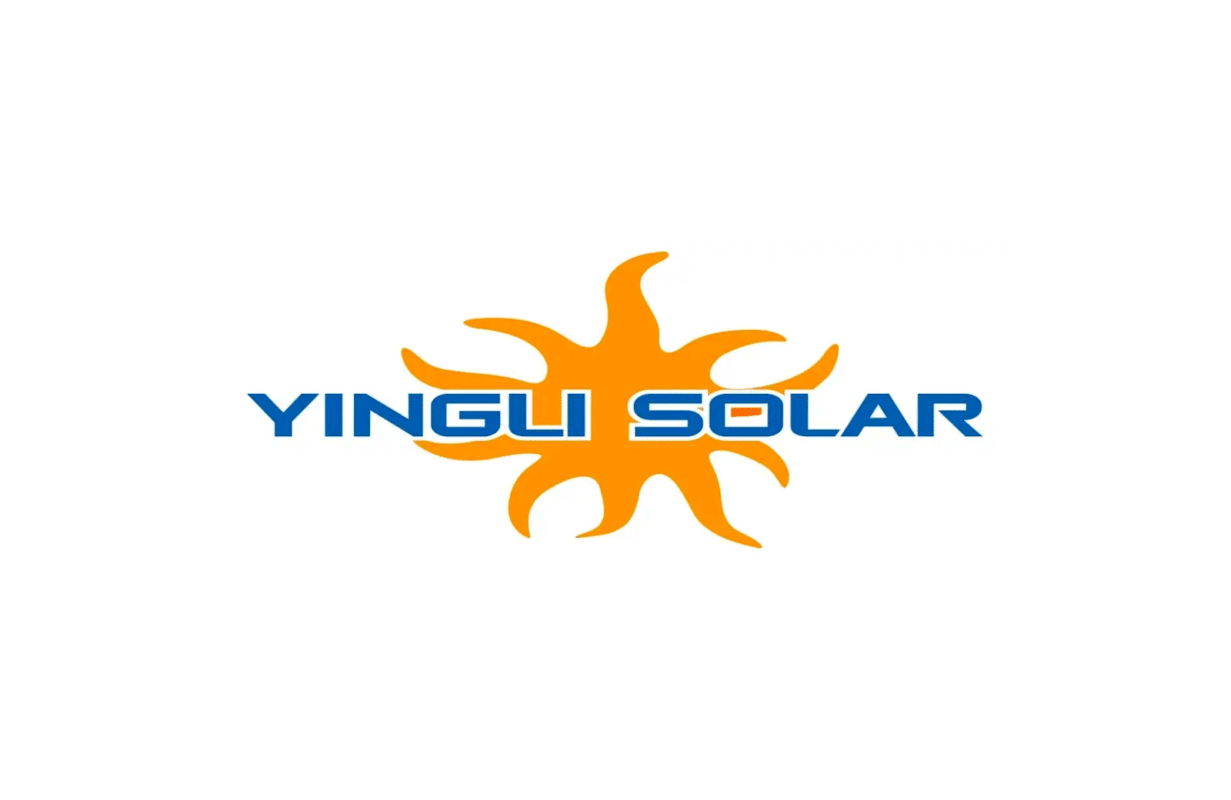
Yingli Solar Panel Review: Cost, Specs & Performance (2024)
Here’s what you need to know about Yingli Solar:
- EcoWatch Rating: 4.0 Stars
- Efficiency: 22.3 to 23.5%
- Power Rating: 320 to 670 W
- Warranty Length: 12 to 30 Years
Each product and or company featured here has been independently selected by the writer. You can learn more about our review methodology here. If you make a purchase using the links included, we may earn commission.
Started as a small company with a 3 MW panel production capacity, Yingli Solar has grown to become an international brand with a striking 4 GW capacity. Today, Yingli claims a spot among the world’s largest solar panel producers. This review will discuss the product range, pricing and pros and cons of Yingli Solar.
What is Yingli Solar?
Yingli Green Energy is a module manufacturing company founded in Baoding, China, in 1998. It has grown rapidly over the years and has shipped more than 24 GW of panels to over 100 countries. A publicly-traded company (NYSE:YGE), Yingli is one of the world’s largest solar panel manufacturers, and at its peak has been the largest panel supplier.
The company produces over 4 GW of solar panels every year. It’s received several awards and certifications, including the Social Accountability 8000 and ISO certifications and has over 18,000 employees. It is also the first Chinese company and the first renewable energy company to sponsor a FIFA World Cup and has supplied modules to 2014 FIFA World Cup stadiums, including the Maracana Stadium in Rio de Janeiro.
Yingli exhibits a commitment to sustainability by having 20 MW of solar panels installed on its own facilities. It also has associations with Reclaim PV recycling and PV Cycle for panel recycling. The company ran into some financial difficulties in 2015, but with restructuring, it found stability again and is fully operational today.
Yingli Solar Fast Facts |
|
| Year Founded | 1998 |
| Headquarters | Baoding, China |
| Operational Headquarters | U.S., Spain, Australia, Brazil, Japan |
| Manufacturing Facilities | China, U.S., Spain, Australia, Brazil, Japan |
| Corporate Social Responsibility Report | Click Here |

Yingli Solar
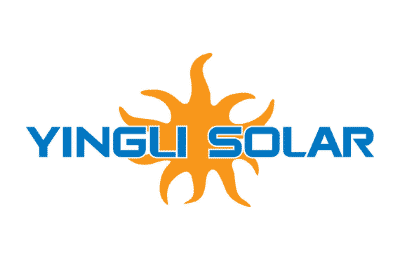
Average cost
Pros
- Competitive pricing
- High-quality products
- Global company with much experience
Cons
- Relatively short warranty
- Offshore manufacturing
- Small selection of residential products
What Products Does Yingli Solar Offer?
Yingli Solar offers a range of high-efficiency photovoltaic modules. Its products have evolved over the years — while it started with full, polycrystalline modules, the company now offers only monocrystalline, half-cell solar panels. Here’s an overview of the panels offered:
Mono Series (YLM)
Yingli’s mono series includes its classic monocrystalline, half-cell panels that come in seven different power sizes. These are the panels more commonly used for residential solar systems.
| Wattage | 350-670 W |
| Efficiency | 22.3-22.8% |
| Warranty | 12 years limited product warranty, 25 years limited power warranty |
| Temperature Coefficient | -0.37% /°C |
| Data Sheet | Click Here |
Mono GG Series (YLM GG)
The mono GG series panels are somewhat similar to the mono models but have bifacial construction, meaning they can generate power from both the sides. These are a great option for tilt mounts/patio mounts or even ground mounts, where a good amount of sunlight reaches the panel from the rear side too. They have the same power range but come with interesting features such as frameless design, making them aesthetically more pleasing.
| Wattage | 355-670 W |
| Efficiency | 22.5-22.8% |
| Warranty | 12 years limited product warranty, 25 years limited power warranty |
| Temperature Coefficient | -0.34% /°C |
| Data Sheet | Click Here |
Panda Bifacial Series
Yingli’s most premium, bifacial modules are named Panda, and their most important feature is the N-type solar cells. Unlike regular, P-type modules, N-type modules experience lower losses due to Light Induced Degradation (LID). In other words, the N-type modules have even better energy output, especially in the mornings and evenings.
| Wattage | 320-415 W |
| Efficiency | 22.5% |
| Warranty | 12 years limited product warranty, 30 years limited power warranty |
| Temperature Coefficient | -0.35% /°C |
| Data Sheet | Click Here |
Panel Efficiency
A solar panel’s efficiency is arguably its most important attribute. Yingli’s panels have come a long way in terms of efficiency, with the latest models offering some of the highest efficiencies on the market.
Even the least-efficient panels among Yingli’s offerings have 22.3% efficiency. The higher-sized models, on the other hand, have 22.8% efficiency. The panels also have decent power tolerance of just 0-5 W.
Power Rating
Yingli offers a wide variety of PV module sizes in terms of power ratings. Its smallest panel can generate a peak power of 325 W, but the largest one can churn out an impressive 670 W in ideal conditions (STC).
To put things in perspective, around 400 W power output has been considered somewhat typical in recent times. The larger the output of a solar panel, the fewer need to be installed in a solar power system, leading to simpler logistics and installation and lowered costs.
Temperature Coefficient
The temperature coefficient of a solar panel is simply an indicator of to what extent high temperatures affect its performance. It is expressed in %/°C, and it denotes the drop in efficiency with each degree of temperature rise.
While Yingli’s panels come with decent temperature coefficients of -0.34 to -0.37 % /°C, most modern solar modules have temperature coefficients between 0.3 and 0.7 %/°C. As a vertically integrated company, Yingli manufactures everything from ingots and wafers to cells and modules, allowing it to have better control over product quality.
Warranty
Yingli’s products are secured by two types of warranty:
Limited product warranty: This warranty protects the panels against any workmanship defects such as faulty soldering and missing diodes. If there is a defect, the panel will either show a noticeable drop in power generation or completely stop working. Yingli offers a 12-year product warranty on all of its panels. Most other solar panel manufacturers offer a 10-year product warranty.
Limited power warranty: A solar panel may look and perform well initially but if the internal components are cheap, it will soon underperform. Therefore, Yingli also offers a power warranty, more commonly known as a performance warranty.
The company offers a 25-year linear performance warranty on its P-type modules and a 30-year warranty on its N-type (Panda) modules. This guarantees that its panels will not degrade beyond 0.55% (0.5% for Panda) each year (two percent in the first year). In other words, the panels will still be generating over 80% of their rated output even in their 25th year (30th year for Panda).
How Much Do Yingli Solar Panels Cost?
Yingli benefits from its scale of manufacturing when it comes to pricing. The company manufactures solar modules in gigantic quantities. Its bulk procurement of raw materials along with its large-scale manufacturing allows it to set prices that are very competitive.
While the cost varies with the types of solar panels, Yingli’s panel costs lie somewhere near the average solar panel costs in the U.S. One thing to note is that the cost also changes based on the number of solar panels needed.
There are, of course, companies offering panels for even lower prices, but for the given module efficiencies, quality and warranty, Yingli’s panels are usually a better deal.
Yingli Solar Panels Pros & Cons
Here are a few important pros and cons of choosing Yingli’s solar panels when going solar:
Pros
- Large, global company with vast experience
- Offers high-quality products that match up well against most alternatives in the market
- Reasonable pricing
Cons
- Financial trouble in mid-2010s led to restructuring
- Relatively few residential solar energy products
Our Honest Take on Yingli Solar Panels
Yingli Solar impresses with incredible experience in the renewable energy industry and a noteworthy global presence. Its panels come with a wide range of power ratings and have proven themselves in myriad climates. The higher-sized panels from Yingli are some of the largest in the market, rivaling panel sizes offered by companies like Jinko Solar and Trina Solar.
Although Yingli’s setbacks a few years ago cast doubts on the company’s future, it seems to be stable and back on track again. The quality of its products has also improved. Overall, we reckon that customers don’t need to hesitate when buying solar panels from Yingli, since they are clearly some of the best options available in the market.
The cost information presented in this article is derived from a comprehensive analysis, incorporating data from multiple industry sources. The average cost per watt per state was calculated based on figures from Consumer Affairs, Energy Sage, and Berkeley Lab’s Electricity Markets & Policy Department. Additionally, monthly energy consumption and the average monthly cost of electricity were sourced from the U.S. Energy Information Administration, ensuring a well-rounded and accurate representation of the information presented.

 233k
233k  41k
41k  Subscribe
Subscribe 
